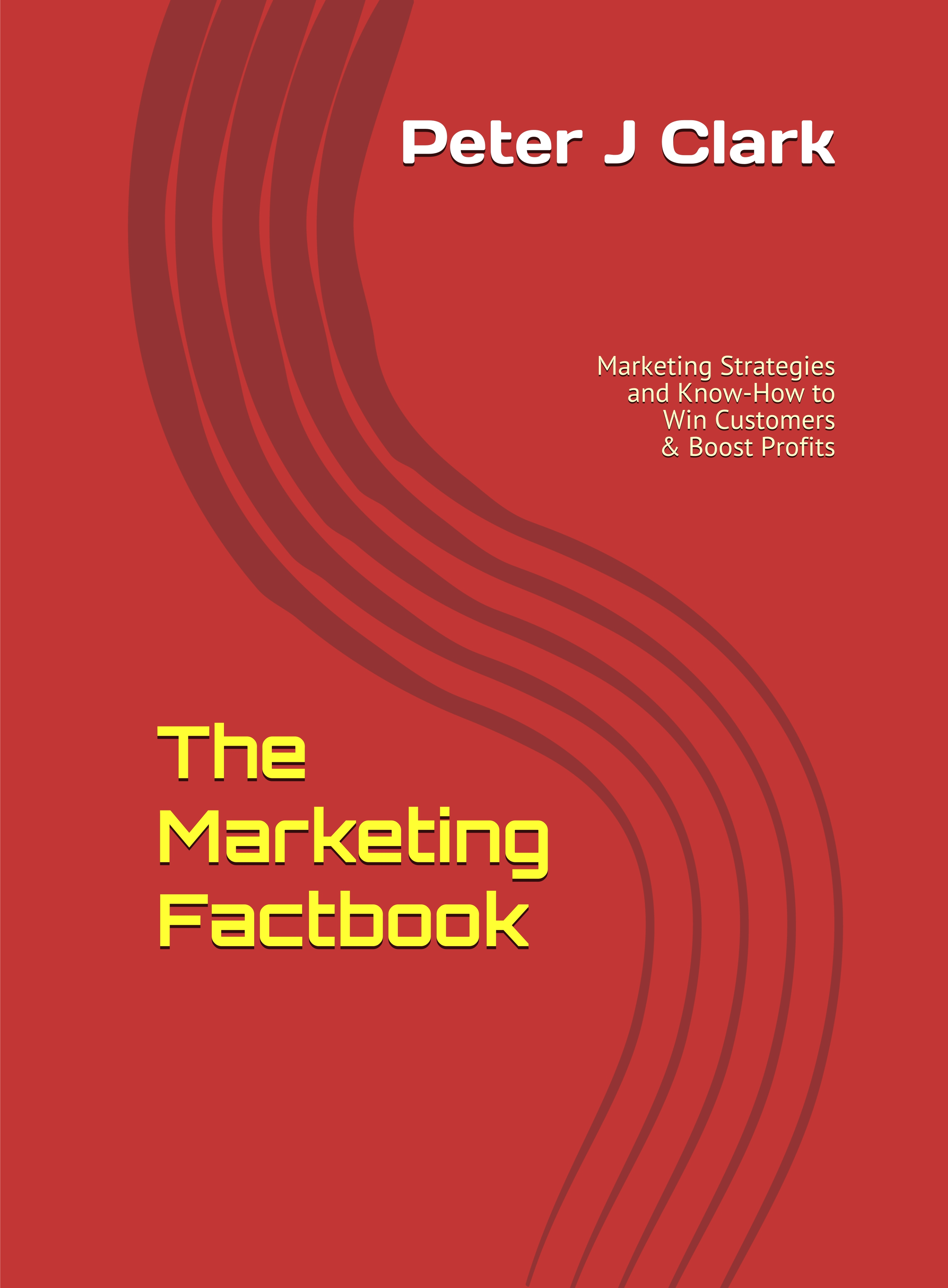Top 11 brand marketing trends for 2011
Predictive loyalty metrics allow marketers to decipher consumers' very emotions, expectations, and imminent behaviours in the marketplace, according to brand researcher Robert Passikoff of Brand Keys, who has isolated the eleven key brand marketing trends for 2011.
Because the predictive loyalty metrics that Brand Keys uses measure the direction and velocity of consumer values some 12-18 months ahead of observable changes in the marketplace, they allow marketers to identify future trends with a great degree of accuracy.
Having examined these measures in Q4 2009, Passikoff offers the following trends for 2011, all of which are expected to have direct consequences for the success or failure of next year's branding and marketing efforts:
- Value is what the consumer says it is
Excessive spending, even on sale items, will continue to be replaced by a reason-to-buy at all. Only the consumer can tell you for sure. The appearance of ubiquity will be trouble for brands with no authentic meaning, whether high or low-end. - Brand, meet Value
Brands will increasingly become a surrogate for "value". What makes goods and services valuable will increasingly be what 's wrapped up in the brand and what consumers believe the brand means. - Zappos-ification
Marketers will have to understand what really drives their category, know what consumers really expect, and where to focus both process and brand efforts. Yes, Zappos sells shoes, but its brand equity lies primarily in the emotional driver of Service - in other words, how they get shoes to customers and accept returns. - Ethosnomics
Brands increasingly must stand for something beyond just rational items. Brands can't, however, just "stand for" the 'cause du jour'. Doing what others do, just because they're doing it, won't work very long or very effectively. Corporate social responsibility efforts will need to be believable, sustained, and engaging. Some of the strongest will come from those brands that connect the public and the personal in today's financially-strained world. - Differentiation can be emotional
Differentiation remains critical to brand success as the proliferation of products and services available to consumers continues. While true innovation does exist when it comes to the offerings available, increasingly differentiation will come from what the brand offers emotionally to consumers - especially as the ability of brands to mimic and get "me-too" products to market quickens. - They're talking to each other before talking to the brand!
Social networking and DIY media-exchange of information outside of the brand space will increase as consumers become more comfortable with their power to get the true story on products from total strangers. Brands will therefore need to drive positive feedback in the virtual world like never before, necessitating a deeper understand of their categories. - Friendtelligence
Influence by friends will also increase. If consumers trust the community, they will extend trust to the brand. Not just word-of-mouth, but the right word-of-mouth is what matters. Look for more websites using Facebook Connect to share information with the friends from those sites while trying not to annoy anyone. - Putting the brand into their hands
It's increasingly handheld technology that facilitates transactions. Brands that make it hard to buy on the small screen will suffer. Watch for promotions and coupons to continue to explode, especially if the brand can customize that experience. - Prolifetition
Look for increased competition, and not just from traditional brands. The internet changed the game from consumers feeling they had to know a brand to even consider it. Ubiquitous awareness is replaced by strong word of mouth and positive viral sharing. Knowing what drives a category, what consumers really expect, and what creates loyalty, can give you a meaningful advantage when entering new and uncharted categories populated by strangers to your brand. - Exponential expectations
Brands are barely keeping up with consumer expectations now. Every day consumers adopt and devour the latest technologies and innovations, and only hunger for more. As app technology becomes more entrenched, brands will be expected to deliver in that space. Look for even more apps to appear in 2011. - Engagement is not a fad
It's the way today's consumers do business. Marketers will continue to use engagement methods like the right platform, programme, message, and experience. But there is only one objective for the future: brand engagement. Attaining real brand engagement is impossible using out-dated awareness models.
"Accommodating these trends will require changes on the parts of how companies measure, manage, and market their brands," concluded Passikoff. "And, yes, change can sometimes be terrifying. But change is, more or less, another chance. However, for brands that ignore these trends, it could be their last."
Sources: Brand Keys / The Marketing Factbook.
Copyright © 2010 - 2025 The Marketing Factbook.
Categorised as:
- Customer Experience
- Customer Loyalty
- Knowing The Customer
- Marketing Know-How
- Marketing Technology
